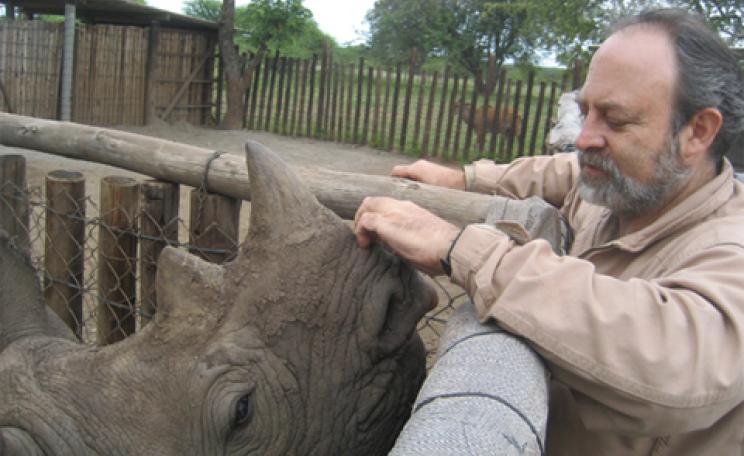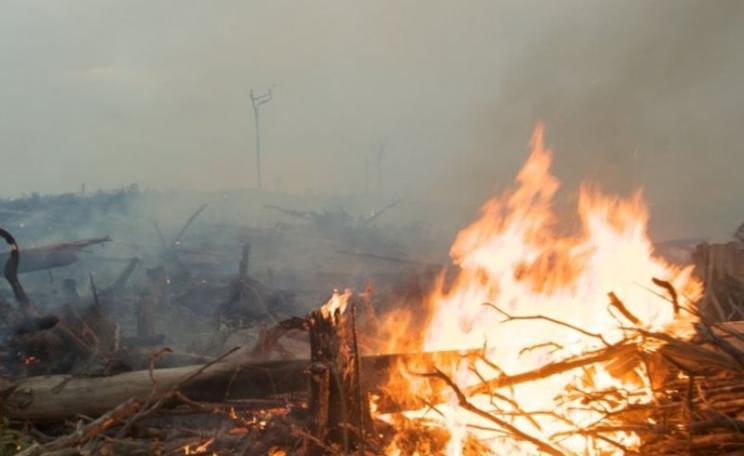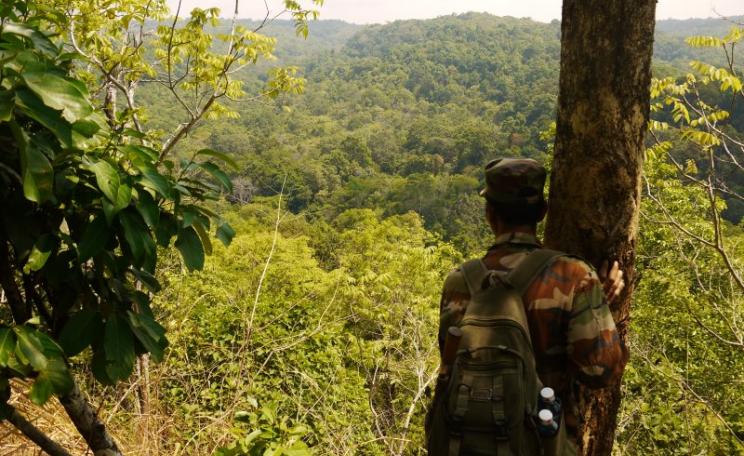The mining frenzy that is now engulfing Africa presents the greatest environmental threat the continent has ever seen.
One the one hand, this mineral-fueled feeding frenzy has the potential to deliver direly needed economic growth to a continent whose population is still skyrocketing.
The United Nations projects that Africa's population will nearly quadruple, from 1.1 to 4.2 billion people, by the end of this century.
Yet on the other hand, the mining boom carries massive risks for the African environment and societies. In a recent article in Conservation Letters, 'Mining and the African environment', my colleagues and I summarize some key implications of this 'African avalanche'.
Mineral wealth
Africa contains around 30% of the world's minerals - including large quantities of phosphate, platinum-group metals, gold, diamonds, chromite, cobalt, manganese and vanadium, and huge deposits of aluminum, uranium, iron ore and coal.
But with just 5% of all global mineral exploitation taking place in Africa, the potential for growth is enormous.
Africa is now attracting a stampede of foreign mining investment. China's investment in African mining quadrupled from 2000 to 2009, and now exceeds $100 billion annually.
Investments from India, Brazil, Russia, Canada and Australia are also pouring in. For example, more than 230 Australian mining companies are now involved in over 600 mining and mineral-processing projects across 42 African countries.
This tsunami of mining is creating a new optimism in Africa about economic development and poverty alleviation, but it is also occurring in a complex socioeconomic context. Africa is the poorest continent overall, lacks a skilled workforce and has significant political instability and corruption. Can African nations successfully manage this feeding frenzy?
Environmental risks
Mining projects can have both direct and indirect impacts on the environment. The direct effects are generally limited to the immediate vicinity of the project itself, and can include intense impacts on land, wildlife habitats and aquatic environments from mines, tailing dumps, roads, pollution and an influx of mining workers and migrants.
But for the environment, the indirect effects of mining can be far worse. Mining is often linked to major infrastructure projects such as roads and railways to move commodities from mines to smelters or seaports, and hydroelectric dams.
For example, in the Democratic Republic of Congo, Sicomines, a China-Congolese joint venture, is pouring $9 billion into roads, railways and other infrastructure in order to develop a massive copper mine, the Dikulwe-Mashamba concession.
The mining frenzy that is now engulfing Africa presents the greatest environmental threat the continent has ever seen.
In Mozambique, the Brazilian mining company Vale is investing $4.4 billion to rebuild a railway system from northern coalmines to the city of Tete.
Pandora's Box
New roads and transportation projects can promote economic growth, but they can also unleash a Pandora's Box of environmental problems.
Across the developing world, new transportation projects often promote large-scale deforestation, wildlife poaching and an influx of illegal migrants and land speculators. Local communities often suffer as well from the sudden influx of opportunistic nomads and spikes in prices for food and other goods.
The mining boom is a key driver behind 29 massive 'development corridors' that will criss-cross Sub-Saharan Africa. These corridors will bring tremendous pressures and land-use change to a continent that may lack the technical and governance capacity to manage such unprecedented environmental and social challenges:
- In Gabon, the Belinga iron-ore deposit will require a 240 kilometre-long railway that will penetrate deep inside the Congo rainforest.
- In Cameroon a 570-kilometre railway will link the Mbalam iron-ore mine to the Atlantic coast.
- In Tanzania, a planned road to the goldfields by Lake Victoria could bisect Serengeti National Park and disrupt one of the world's greatest surviving wildlife migrations.
National parks at risk
The rush to exploit Africa's mineral wealth is also threatening many protected areas. At least five African nations have already downsized or degazetted national parks to promote mining projects.
Zambia, for instance, has downgraded 19 of its national parks to promote limestone mining, and permitted a huge copper mine in the heart of the Lower Zambezi National Park. Tanzania has downsized Selous Game Reserve for uranium mining, while Guinea has downsized its Mt Nimba World Heritage Site for iron-ore prospecting.
And this might be just the tip of the iceberg. The potential for future threats is massive given that many valuable mineral deposits in Africa are located near or within protected areas.
Dangers ahead
The mining frenzy that is now engulfing Africa presents the greatest environmental threat the continent has ever seen. There is a dire need for international engagement to help African nations to improve their capacity to
- govern and regulate mining,
- plan and manage rapid infrastructure expansion,
- create new protected areas and safeguard those that already exist, and
- use mining-offset and mitigation funds effectively to protect crucial ecosystems.
The challenge at hand could hardly be greater or more urgent. Will the mining explosion be a new dawn for African economies, or an environmental and social nightmare? No one yet knows, but the stakes for the global environment could hardly be any higher.
William Laurance is a Distinguished Research Professor and Australian Laureate at James Cook University in Cairns, Australia. He also holds the Prince Bernhard Chair in International Nature Conservation at Utrecht University, Netherlands.
See also: Edwards, David P., Sloan, Sean, Weng, Lingfei, Dirks, Paul, Sayer, Jeffrey, and Laurance, William F. 'Mining and the African environment'. Conservation Letters. pp. 1-10.
Other articles by William Laurance on The Ecologist.







